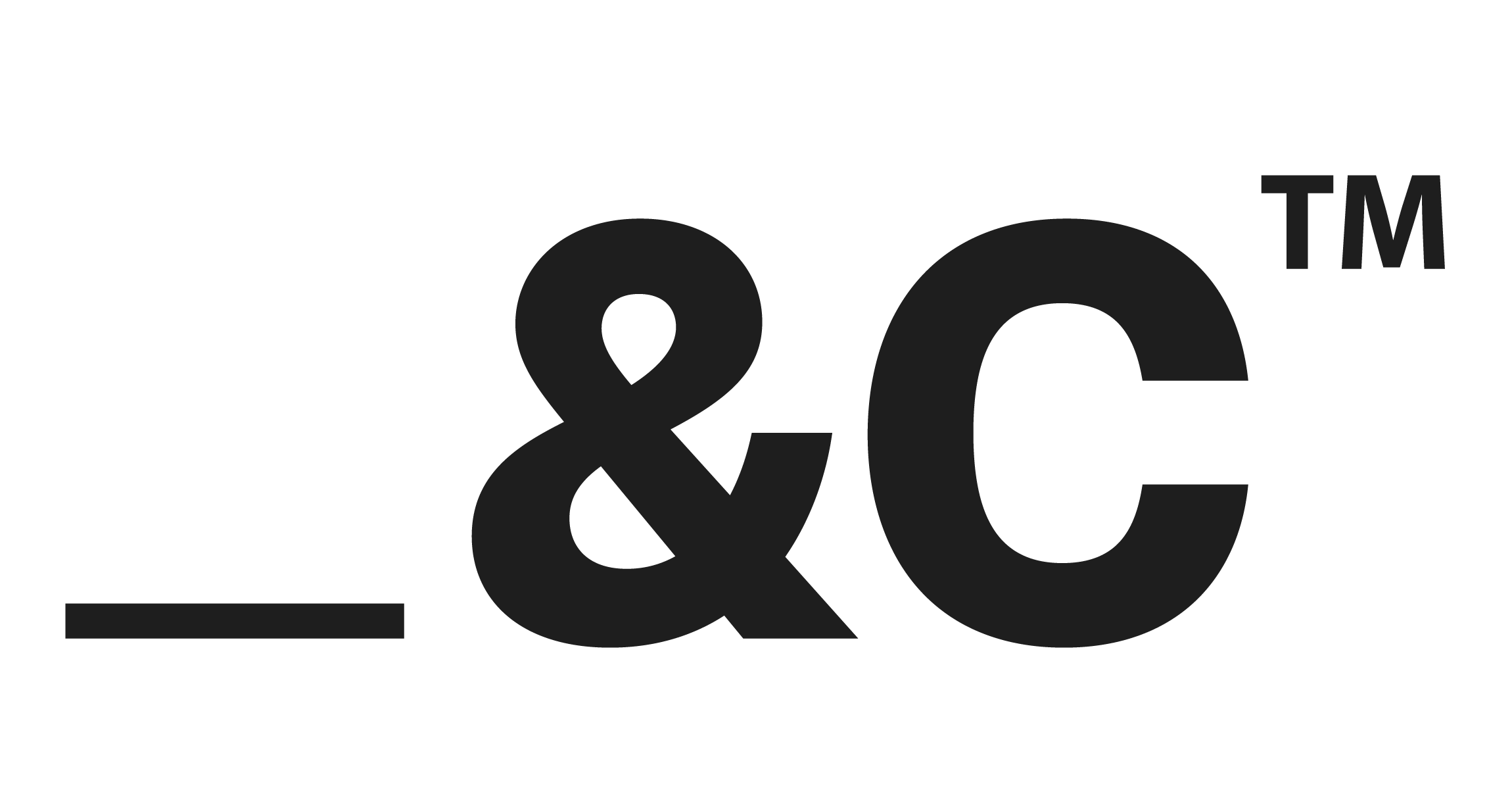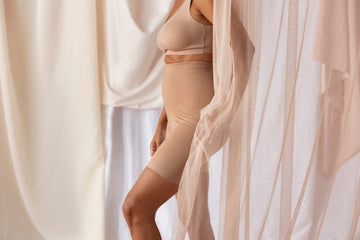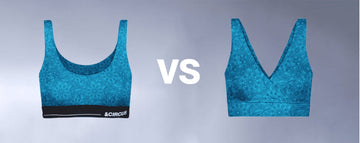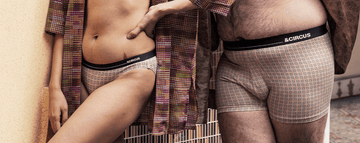Pregnancy is a transformative journey, reshaping not just a woman's body but her entire approach to daily life. From reconfiguring diets to rethinking wardrobes, expectant mothers face a cascade of decisions. Yet, one critical choice often slips under the radar: the underwear they wear. As hormonal shifts heighten skin sensitivity, leading to irritation, stretch marks, or even eczema, comfort becomes paramount. Hypoallergenic fabrics have emerged as a cornerstone of maternity underwear, delivering not just relief but a sense of empowerment. With the global maternity innerwear market poised to reach $15 billion by 2033, growing at a 7.0% CAGR from 2024, these skin-friendly materials are redefining intimate wear for pregnancy, blending health, comfort, and sustainability.
A Shift Toward Skin-Conscious Maternity Wear
Step into a maternity boutique today, and the landscape is strikingly different from a decade ago. Gone are the days of scratchy synthetics dominating the shelves. Instead, organic cotton, silk, and natural fibers take center stage, reflecting a broader cultural pivot toward maternal well-being. The global maternity underwear market, valued at $2.5 billion in 2025, is projected to grow at a 5.5% CAGR through 2033, driven by a surge in demand for garments that prioritize both support and skin health. Expectant mothers, armed with greater awareness, are seeking underwear that won't exacerbate sensitive skin or add to the physical demands of pregnancy.
This shift is no accident. Medical professionals increasingly advocate for specialized undergarments to alleviate common pregnancy discomforts, such as back pain and breast tenderness. In developed nations like the United States and Germany, 72% of pregnant women rely on maternity-specific underwear, a testament to its practical value. Hypoallergenic materials organic cotton, bamboo, and other natural fibers play a pivotal role by reducing the risk of rashes and allergic reactions, which are all too common during hormonal fluctuations. The maternity lingerie market, expected to hit $2.5 billion by 2032 with an 8.1% CAGR, underscores how brands are merging functionality with fashion to meet these needs.
Textile innovation is at the heart of this evolution. Breathable, moisture-wicking fabrics keep expectant mothers cool and dry, while elastic, skin-friendly materials adapt to a growing body. These advancements go beyond utility they resonate with the modern pregnant woman's desire to feel confident and cared for. As body-positive movements gain momentum, hypoallergenic underwear is becoming a symbol of self-care, offering comfort that feels both indulgent and essential.
Voices from the Field: Comfort in Action
Brands worldwide are rising to the occasion, with hypoallergenic fabrics leading the charge. The maternity underwear market, projected to reach $5.6 billion by 2032, highlights the growing popularity of cotton and natural fiber garments. Companies have earned loyal followings by crafting underwear that's as gentle as it is stylish seamless, free of harsh chemicals, and designed to soothe sensitive skin. These products are a lifeline for women grappling with pregnancy-related skin challenges, from irritation to chronic conditions like eczema.
Online reviews and forums brim with stories of transformation. One expectant mother, writing on a maternity retailer's site, described how organic cotton briefs ended weeks of persistent itching, restoring a sense of normalcy. Another, who struggled with eczema flare-ups, lauded bamboo underwear for its soft, breathable texture, which kept her skin calm throughout her third trimester. These testimonials aren't outliers; they reflect a growing consensus that hypoallergenic fabrics are more than a luxury they're a necessity for navigating the physical demands of pregnancy with dignity and ease.
Navigating the Challenges
The path to hypoallergenic maternity underwear isn't without obstacles. Cost is a significant barrier. Producing organic cotton or natural fibers is more expensive than synthetic alternatives, which can inflate retail prices. With the maternity intimate wear market expected to reach $8.8 billion by 2033, manufacturers face the challenge of balancing premium quality with affordability. For many expectant mothers, especially those on tight budgets, this creates a frustrating trade-off between health benefits and financial realities.
Sourcing sustainable, hypoallergenic materials presents another hurdle. The pregnant women underwear market, forecasted to hit $4.1 billion by 2032, relies on complex supply chains that are vulnerable to environmental and logistical disruptions. Moreover, the eco-credentials of some natural fibers, like bamboo, are complicated by energy-intensive processing methods, raising questions about their overall sustainability. Brands must tread carefully, ensuring their products deliver on both skin health and environmental responsibility.
A final challenge lies in the term hypoallergenic itself. While it signals reduced irritation for most, it's not a universal guarantee. Individual skin sensitivities vary, and some women may still react to certain natural fibers or residual dyes. This underscores the need for rigorous testing and clear labeling, as brands work to build trust in a market where consumer expectations are rightfully high.
Seizing Opportunities in a Booming Market
Despite these hurdles, the potential for hypoallergenic maternity underwear is immense. By prioritizing maternal health, brands can cultivate deep customer loyalty. The global maternity underwear market notes that rising disposable incomes and heightened awareness are fueling demand, particularly in urban areas where 58% of births occur in clinical settings. Expectant mothers are increasingly willing to invest in products that enhance their physical and emotional well-being, and hypoallergenic options are perfectly positioned to meet this need.
Growth opportunities abound, particularly in emerging markets. The Asia-Pacific region, with its rising birth rates and growing middle class, is a key area for expansion, as highlighted in the maternity underwear market forecast. E-commerce is accelerating this trend, enabling brands to reach global audiences with ease. Social media further amplifies their reach, as influencers and everyday mothers share glowing reviews of skin-friendly underwear, driving brand awareness and sales.
Sustainability offers another avenue for differentiation. Hypoallergenic fabrics often align with eco-conscious values, appealing to consumers who prioritize both personal and planetary health. Brands that embrace ethical sourcing, biodegradable packaging, or carbon-neutral production can stand out in a competitive landscape, forging a brand identity rooted in purpose and care.
The Future: A Revolution in Fabric Design
Industry experts are unanimous: hypoallergenic fabrics are not a passing fad but a fixture of maternity wear's future. Advances in textile technology promise even more sophisticated materials plant-based blends that are hypoallergenic, biodegradable, and cost-effective. The maternity innerwear market, with its 7.0% CAGR, signals a trajectory where innovation and sustainability converge to redefine industry standards.
For brands, the directive is clear: invest in materials that prioritize skin health while upholding style and ethical standards. For consumers, the call is to be proactive scrutinize labels, demand transparency, and choose underwear that supports both body and mind. Pregnancy is a season of profound change, and the right fabrics can make it more manageable, one irritation-free moment at a time.
As the maternity wear industry continues to evolve, hypoallergenic underwear emerges as more than a product it's a commitment to honoring motherhood. In a world that often demands resilience, these fabrics offer a small but powerful gift: the comfort of feeling truly cared for.
Disclaimer: The above helpful resources content contains personal opinions and experiences. The information provided is for general knowledge and does not constitute professional advice.
You may also be interested in: Maternity Lingerie Essentials- Bra and Panty Collection- Circus
Uncomfortable underwear shouldn't steal your confidence. At Andcircus, we craft ultra-soft, sustainable Lenzing Modal Micro innerwear for every body, XS to 5XL. From briefs to bras, our custom packs fit you perfectly. Shop risk-free with our 100% satisfaction guarantee and embrace comfort that includes everyone. #LoveEveryBody. Shop Now!







































